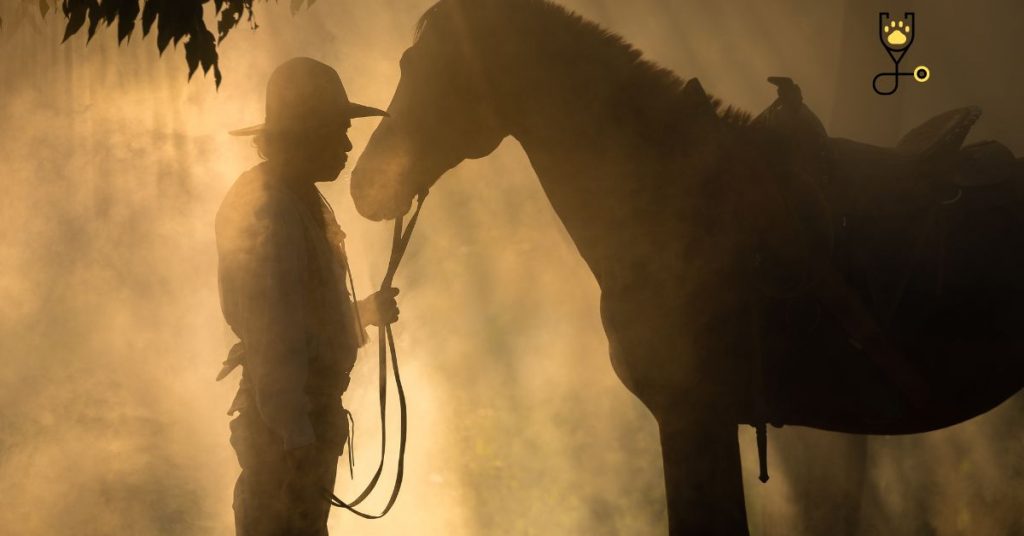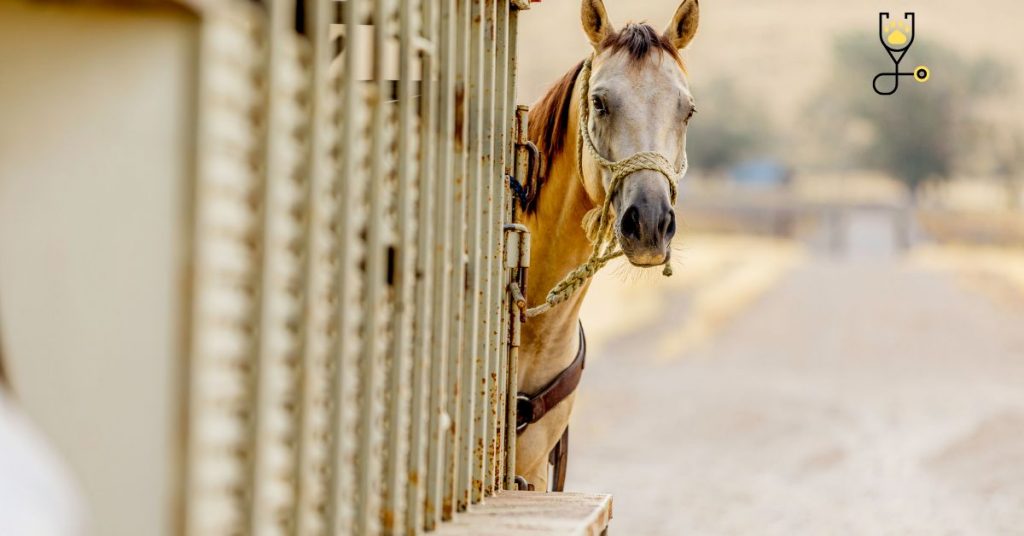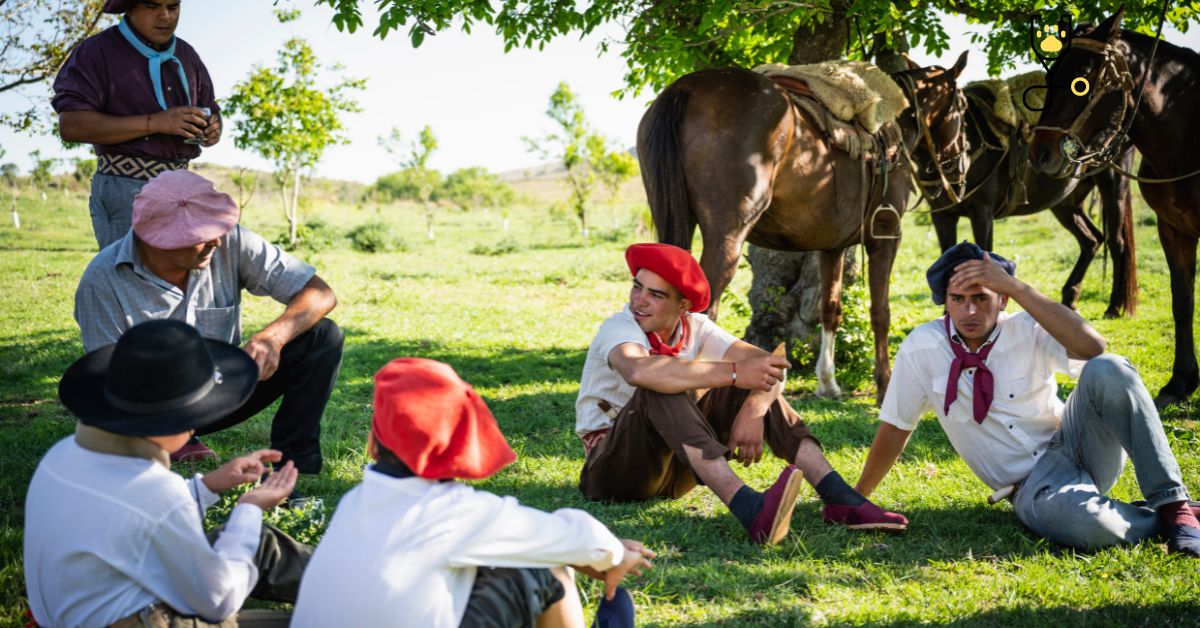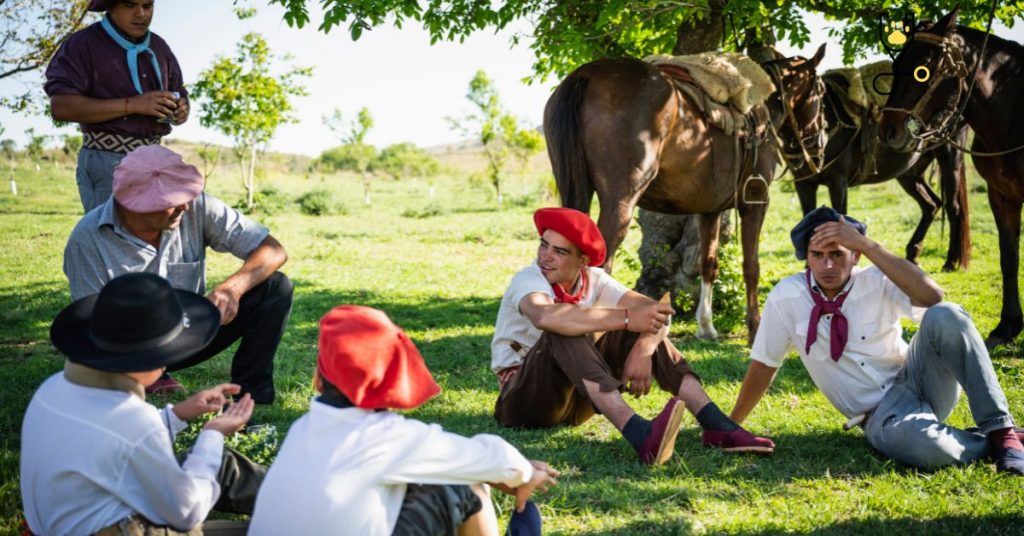There are a million ways to tie your horse or pony, but not all of them are safe. In this blog post, we’ll discuss how to tie your horse or pony safely and the different types of tying. We’ll also provide tips for making sure your horse is comfortable when tied. If you’re looking for a safe way to tie your horse or pony, read on!
How to Tie Your Horse or Pony Safely
When tying your horse or pony, the most important thing is safety. Always use a good quality rope and check its condition before each use. Make sure the knot you’re using is secure and won’t slip or come undone easily. To tie safely, consider the following points:
• Use a separate loop at chest level in addition to the lead rope around their neck, as this will provide more security.
• Avoid tying your horse by its face as it can cause discomfort and distress.
• Make sure there is enough slack in the rope so that they don’t become tangled if they move around.
• If possible, use a quick-release knot so that the rope can be released easily in an emergency.
• Always check your horse or pony regularly while they’re tied, and never leave them unattended.

Types of Tying
When it comes to tying your horse or pony, there are a few different methods you can use. They include:
• Trailer Hitch- This is one of the most common ways to tie horses and ponies as it’s easy to adjust and secure. It involves looping the lead rope over the animal’s neck, around its chest, then back through itself and tied off with a slipknot at the front.
• Cross Tie- This method involves passing two lead ropes from either side of the animal’s head, then tying them to a secure object. This method is more secure than a trailer hitch and is great for horses that are likely to pull back.
• Wall Tying- This method involves securing the lead rope to a wall or post. It’s important to use an appropriate knot and check it regularly, as this method can be dangerous if not done correctly.
Tips for Making Sure Your Horse is Comfortable
When tying your horse or pony, it’s important that they are comfortable and safe. Here are some tips for making sure your horse is comfortable when tied:
1. Allow enough slack in the rope so that your horse can move around freely.
2. Never tie your horse by its face or head as this can cause discomfort and distress.
3. Give your horse plenty of time to acclimate to the tying process and make sure they are calm before leaving them unattended.
4. Check the condition of the rope regularly, and make sure it is not too tight or loose on your horse’s neck or body. These tips will help you ensure that your horse is comfortable when tied, while also being safe and secure. Remember: safety always comes first!

Dangerous or improper tying
– Never tie your horse or pony with a halter, as it can cause serious injury.
– Never tie your horse or pony with anything other than a lead rope, such as twine, wire, or string.
– Do not give too much slack in the lead rope, as this can be dangerous if they become tangled.
– Do not ever leave your horse unattended when tied up, as this can result in severe injury.

By following these guidelines, you can ensure that your horse is safe and secure when tied up. Remember to always check the condition of the rope before each use and never leave your horse unattended!
Conclusion
Tying your horse or pony safely is important for both their safety and comfort. By following these guidelines and using the appropriate knots, you can make sure that your horse is safe when tied up. Remember to always check the condition of the rope before each use and never leave your horse unattended! With a bit of practice, you’ll soon be an expert at tying up your horse or pony safely and securely. Have fun!
Frequently Ask Questions
1. How long should a horse or pony be tied up?
Answer: It depends on the individual animal. A general rule of thumb is to never tie a horse or pony for more than an hour without breaks. However, you may need to adjust this time according to your individual animal’s needs.
2. Can I use a halter to tie my horse or pony?
Answer: No, halters are not suitable for tying horses or ponies. Lead ropes should be used instead as they provide a more secure and comfortable method for restraining the animal.
3. What is the best way to tie up my horse or pony?
Answer: The best way to tie up your horse or pony is to use a trailer hitch knot, cross tie knot, or wall tying knot. These knots provide secure and adjustable restraint while also allowing the animal enough freedom of movement. Additionally, always check the condition of the rope before each use, and never leave your horse unattended.
4. Is it safe to leave my horse or pony alone when tied up?
Answer: No, it is never safe to leave your horse or pony unattended when tied up. This can lead to injury or distress for the animal, so it is important to always check on them regularly and make sure they are comfortable. Additionally, if you need to leave your horse or pony for any length of time, it is recommended to put them in a stall or pen.
5. What should I do if my horse or pony gets tangled up in the rope?
Answer: If your horse or pony becomes tangled in the rope, it is important to remain calm and assess the situation before attempting to free them. You may need to enlist the help of a professional if the animal becomes severely entangled. Additionally, always make sure to check the condition of your rope before each use, and never give too much slack in the rope as this can lead to tangles.





